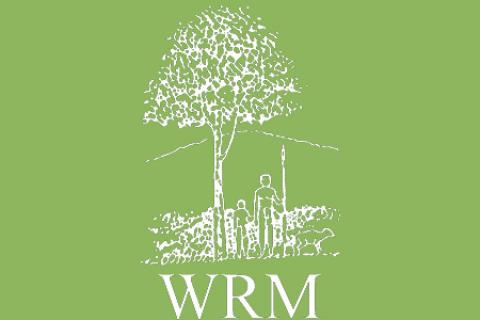Oil palm (know as "Sawit" in Indonesia) is an increasing problem for people and the environment in that country. In May this year, the Minister of Forestry and Plantation Estates stated that the government had allocated 30 million hectares of forest for oil palm plantations. Indonesia has already 3.2 million hectares of oil palm plantations, mainly located in Sumatra (1 million ha). Every year 330,000 hectares of forest is targeted for conversion into new plantations and 650 investors --75% of which foreign companies-- are applying for converting forest into oil palm plantation.
Bulletin articles
On July 20 over 1,000 security forces arrived to break through a blockade set up by villagers and students at Indorayon's paper and rayon pulp factory (PT IIU) in Porsea, near Lake Toba in North Sumatra. Demonstrations have hampered production since mid-June. Hundreds of local people supported by university students and members of environmental groups had blocked roads leading to PT IIU's mill, forcing the factory to stop production since its supplies of timber and fuel have been cut off.
It seems amazing that tree plantations can be promoted all over the world as a profitable activity, while at the same time they need to receive a number of incentives to make it really profitable.
The increased activities of the "maquiladora" industry (installed within Mexico and based on imported inputs and external export markets), have resulted in an enormous deficit in packaging papers --which are currently being imported from the US and Canada-- used in the necessary packaging of the industrial goods for the supply of external markets.
We received the following message from Brazilian forester Jackson Roberto Eleoterio (from the University of Sao Paulo), which we can't but share with our readers:
We, the undersigned Non-Governmental Organizations, wish to express our concern with both the content and the potential consequences of the campaign lead by the WWF International, and supported by both the World Bank and the Brazilian Government, to protect some ten percent of the Amazon region through the establishment of environmental conservation areas of indirect use.
As in a number of other countries, the Inter-American Development Bank (IDB) is now promoting the development of pulpwood plantations in Colombia. The bank has recently approved a "non-reimbursable" loan of 2 million dollars --through the Multilateral Investment Fund-- to support the creation of a Training and Technological Development Centre for the Pulp, Paper and Cardboard Industry (CENPAPEL).
31 July 1998. Ecuador's Minister of Environment has promised Greenpeace that she will take steps to secure a permanent ban on mangrove clearcuts by the country's shrimp farming industry and investigate evidence of illegal mangrove destruction in a protected national reserve.
Indigenous peoples of the Imataca and Gran Sabana regions began a blockade of the only highway between Venezuela and Brazil, to protest against a high voltage electrical transmission line being built through the Imataca Forest Reserve. The indigenous peoples are demanding that the Venezuelan government legally recognize and respect the boundaries of their ancestral lands. Their action is taking place in the context of a number of demonstrations all over the country related to the 500-year anniversary of the arrival of Columbus to Venezuela.
The Intergovernmental Forum of Forests will be holding its second session in Geneva (24 August-4 September), and a group of NGOs will be present throughout the meeting, interacting with government delegates. Documentation prepared for this session, as well as on its first session and the IPF process are available in the IFF's web page, which can be easily accessed through the WRM web page (related sites).
The IPFs proposals for action contain a number of items which refer to tree plantations, which the WRM believes should be further reflected upon by the IFF in view to their implementation. Paragraph 22 states that:
On June 10, the WRM secretariat addressed a letter to the president of the World Bank, expressing our concern over the arrest of Ngarlegy Yorongar and two journalists in relation with a declaration by the former opposing the construction of the oil pipeline Chad-Cameroon, which is being financed by the World Bank.
The World Bank's country director for Chad, Mr Serge Michailof, responded on June 22, expressing that he believed that the three had been released. On the general situation he added:
